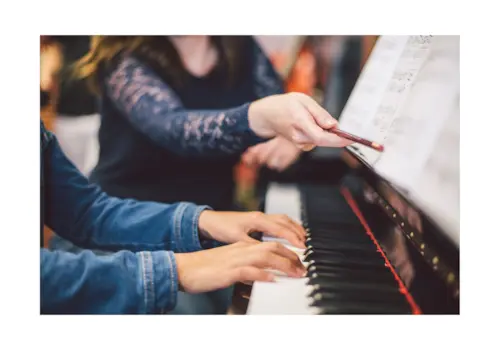18 July 2013
|
In issue 71 of Pianist magazine, a reader writes in confused about a right or wrong note in Beethoven's famous Für Elise score. Should it be a D or an E in the right hand in bar 7? See what the experts have to say...
In issue 71 of Pianist, a reader writes in confused about a right or wrong note in Beethoven's famous Für Elise score. Should it be a D or an E in the right hand in bar 7? See what the experts have to say...
Firstly, here is the reader's letter:
What did Beethoven want – a D or an E?
'Can I please query a small point with you regarding Beethoven’s Für Elise in Pianist No 71’s Scores? In the left hand at bar 7, you have a D in the first note of the group of semiquavers. The other editions I have of this piece use an E. In recordings, Ashkenazy’s version quotes you, but other versions, including Moura Lympany, use the E (except for the last bar of the piece which favours the D). I would be very grateful for your comment on this.'
And here is our answer, with the fascinating Henle blog about it at the end:
You raise a very interesting point. Our sheet music reviewer, Michael McMillan, says that there really isn’t a definitive answer, as both versions are fine to use. He also flagged up an interesting blog post from Annette Oppermann, an editor at Henle Publishers. She writes in part, ‘The problem is caused – as is often the case – by a contradiction in the sources: the note d¹ can be traced back to a draft Beethoven wrote for the piece that is today housed in the Beethoven-Haus Bonn. The note e¹, on the other hand, is to be found in the first printing of the piece, published long after the composer’s death by the Beethoven scholar Ludwig Nohl. He had discovered the autograph of the up-to-then unknown composition and issued the piano piece as “Für Elise” in 1867.’ For its current Urtext edition, Henle is using a D – read her full blog to find out more.
Why not buy the back issue of Pianist 71, in which Für Elise appears?







